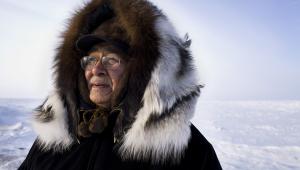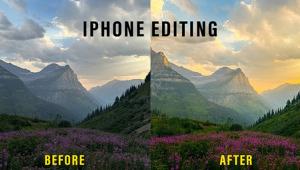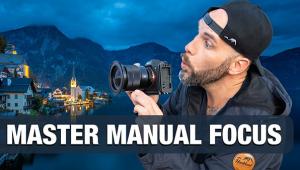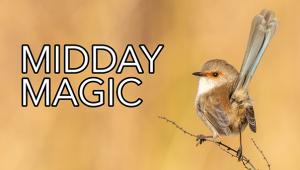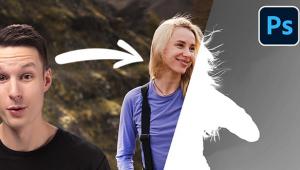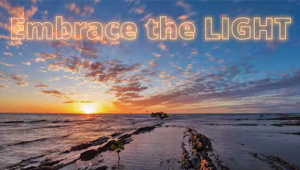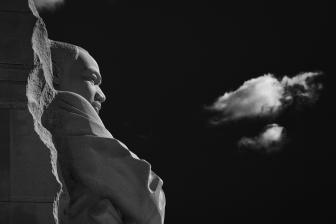The Business Of Travel Photography; Great Work If You Can Get It
Shutterbug: For your travel photography work each year, how do sales break down in income from assignment, stock, fine art, etc.?


Justin Bastien: I would say 90 percent of my travel photography is sold as stock. That being said, most of the time when I am traveling I have several things in mind that I am shooting for clients based on their current needs. Before I leave for a trip I often check in with commercial and editorial clients to let them know where I will be going, what I will be doing, and who I will be working with to see if I can fulfill their needs while I am away. Even though there is some financial risk in this approach, it does provide me with a lot of freedom.
On a commercial assignment the entire experience is extremely focused on a single objective, which leaves less room for exploring and catching those magical, natural moments. For example, this morning I woke up on the front deck of the sailboat to a beautiful rainbow spread across the bay. I also like this approach as it allows me to come up with fun project ideas and pitch them to clients. Plus, I am not locked into shooting and submitting to a single client. I find that a lot of clients are really looking for cool, inspiring ideas. The more you can bring to the table in this area the better.
Glen Allison: Currently about 95 percent of my travel photography is sold as stock imagery and the balance of my income is generated from sales of fine art prints and Photoshop Actions sold through eCommerce on my website.



Lorne Resnick: Right now I’d say it is 10 percent assignment, 40 percent stock, and 50 percent teaching travel photography workshops around the world.
David Sanger: Initially, years ago, I started out doing only travel stock, licensing individual images (actual slides!) directly to travel clients and publications. Once I got a good portfolio together I approached magazines and tourist boards and my assignment work steadily increased until it was about 50 percent of my travel photography revenue. Then, as I placed more and more work with stock agencies, revenue from stock increased significantly. As the editorial market changed some of my older client publications changed hands (or staff). I decided to move 100 percent into stock, financing my own travel trips. This gave me much more freedom to select destinations and shoot specifically to get comprehensive stock coverage.

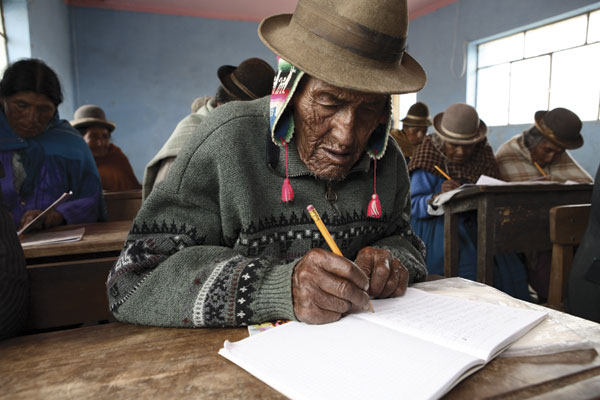
SB: What are the best ways you have found to sell your work?
Lorne Resnick: These days travel photography that sells as stock must go above and beyond the “I was there and saw this”—even in great light. It needs to provide an emotionally compelling visual that is different from what is out there. People are bombarded with visuals these days and you need to craft images that reach out above the crowd and communicate a powerful message.
Justin Bastien: I have an existing client base who I work with that keeps me pretty busy. Most of my new clients tend to come in via personal references, which I prefer, or they see my work in ads, editorial publications, my website, my blog, or via search engines.
I plan on doing more with my blog and setting up a personal stock site. As more and more work comes in it’s difficult to set the time aside for marketing. Generally, I try to head in the direction of working with clients and brands I like to work with and push my efforts in that direction. I have a list of clients who I would like to work with one day and they are always on my radar.



David Sanger: The world of travel photography has undergone profound changes in the last few years with the introduction of digital media and distribution channels. First, an ever-increasing supply of travel images available online has saturated the market for many types of imagery. Second, as a result of competition and the introduction of microstock, the average price for licensing images has declined. Third, the recession has constrained many travel company and tourist board budgets. Fourth, with circulations and ad revenue down, travel publications are in difficult straits. Lastly, there is an increasing move toward crowd-sourcing images from amateurs and semipros in low-end markets.
The consequences for travel photography are that many of the traditional avenues for revenue are no longer viable. Where does that leave the prospective travel photographer?















